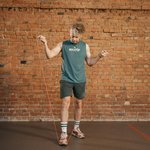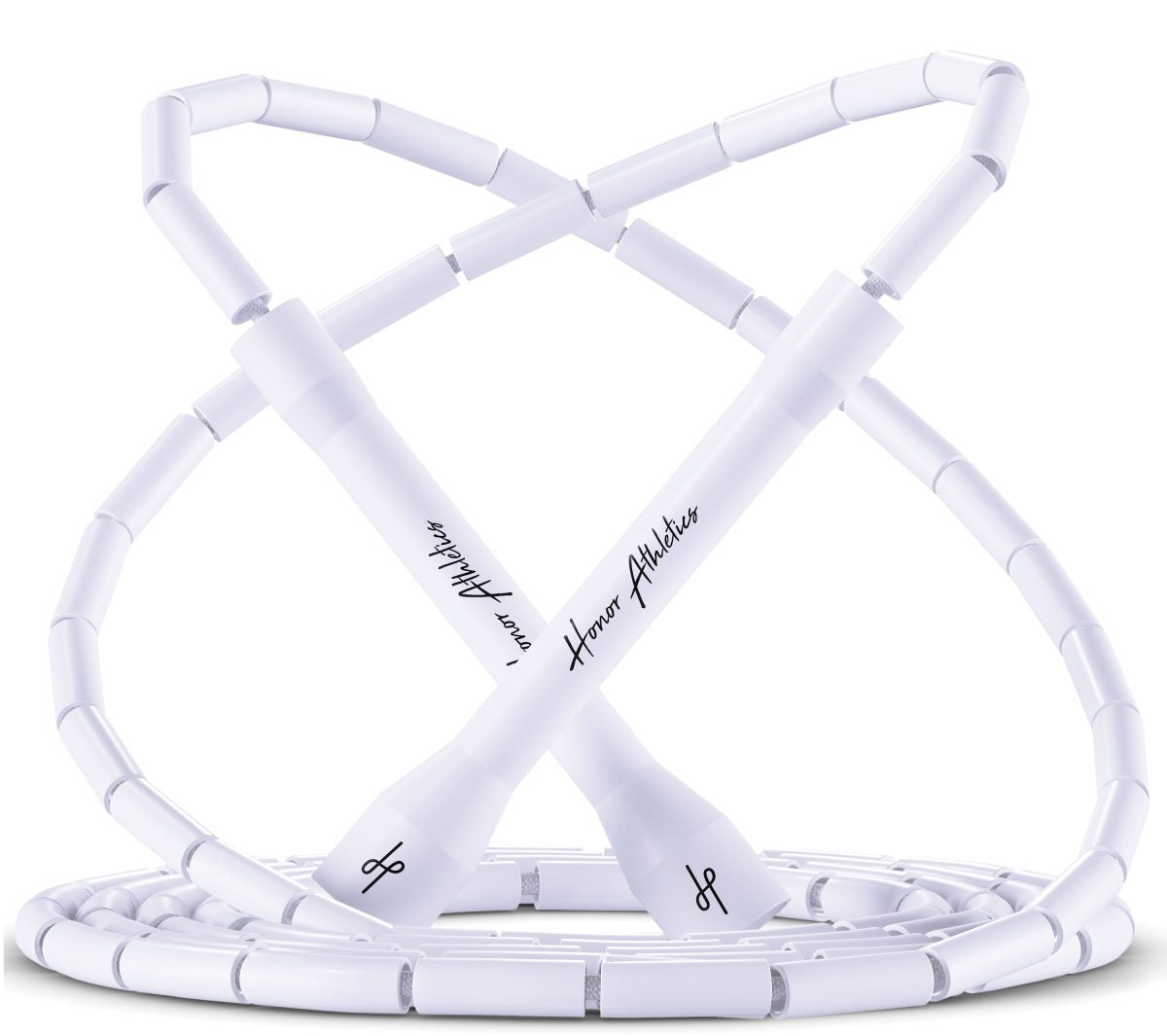
Speed, Weighted & Beaded Compared
Unsure whether to grab a speed rope, a weighted rope, or a beaded rope? Think of each rope as a different gear: one built for raw speed and big double-under streaks, one for strength and that satisfying “rope feel,” and one for rock-solid control on any surface. In a few minutes, you’ll know exactly which to pick for your body, your goals, and your space—plus how to test it in a short, smart session. By the end, choosing your rope won’t be a guess; it’ll be a strategy.
Introduction: The Right Rope, the Right Progress
Jump‑rope training packs cardio, coordination, and strength into one portable workout. But everyone’s goals differ: some chase lightning‑fast double‑unders, others want extra upper‑body stimulus, and many just need a rope that helps them master new tricks safely. Below we compare speed ropes, weighted ropes, and beaded ropes in plain language so you can match the perfect rope to your purpose.
Speed Rope: Record Tempo & Double‑Under Performance
Best for
• Athletes working toward high double‑under counts
• WOD/HIIT fans who need rapid cadence
• Competition and performance‑minded users
Why choose it?
• Delivers the fastest rotation and highest cadence
• Generates serious cardiovascular stimulus in short sessions
• Elevates efficiency for intermediate and advanced jumpers
Watch out for
• Can feel “too quick” if your timing is still developing
• Requires strict form—loose wrists and low jumps are essential
Weighted Rope: Added Resistance & Total‑Body Burn
Best for
• Jumpers who want more upper‑body activation
• Beginners who appreciate stronger tactile feedback
• Anyone aiming for higher calorie burn in less time
Why choose it?
• The added load boosts shoulder, back, and core engagement
• Heavier cable provides clear “rope feel,” speeding up rhythm learning
• Metabolically demanding; perfect for quick, intense workouts
Watch out for
• Forearms and shoulders fatigue faster—progress volume gradually
• Begin with 30–45‑second sets to avoid overuse soreness
Beaded Rope: Control, Rhythm & Outdoor Durability
Best for
• Beginners focused on form and timing
• Freestyle and trick enthusiasts (criss‑cross, side swings, etc.)
• Outdoor athletes training on rough surfaces
Why choose it?
• Segment‑style beads offer tactile and audible feedback for flawless rhythm
• Stable turn feels forgiving during new‑skill practice
• Durable against pavement and mixed terrain
Watch out for
• Not as lightning‑fast as speed ropes—less ideal for record double‑unders
• Bead‑on‑ground noise may annoy sensitive indoor spaces
Rapid Selection Guide
| Goal | Grab This Rope |
|---|---|
| 50+ unbroken double-unders | Speed rope |
| Extra upper-body work & clear rope feedback | Weighted rope |
| Learning form, tricks, or training outside | Beaded rope |
| All-purpose versatility | Beaded or slower speed model |
10‑Minute Comparison Workout
Purpose: Feel each rope’s unique benefits back‑to‑back.
- Warm‑Up (2 min) – Easy single skips + ankle mobility
- Technique Block (3 min) – Beaded rope: 30 s side swings / 30 s singles × 3
- Tempo Block (3 min) – Speed rope: 20 s fast / 10 s relaxed × 6
- Resistance Block (2 min) – Weighted rope: steady pace, focusing on shoulder engagement
Programming note: Two speed sessions, one weighted session, and one beaded technique day per week provide balanced progress.
Frequently Asked Questions
1) What’s the easiest rope for beginners?
Beaded or thicker PVC ropes give strong feedback, making rhythm easier to learn. Once solid, transition to a speed rope.
2) Will a weighted rope slow me down?
Slightly, but you gain upper‑body stamina and rope control—skills that transfer to faster ropes later.
3) Which rope lasts longer outside?
Beaded ropes and durable PVC cables withstand concrete better than thin steel speed cables.
4) How thin should a speed cable be for double‑unders?
Start with ~4 mm PVC for control; when timing is locked in, drop to 3 mm or thinner coated steel for top speed.
5) My wrists/shoulders hurt—wrong rope?
Pain usually stems from form: rotate with wrists, keep elbows tucked, land softly on balls of feet. Reduce volume and refine technique before blaming the rope.
6) Which rope is best for fat loss?
All work, but the rope you’ll use consistently is king. Weighted ropes raise metabolic cost; speed ropes spike heart rate quickly.
7) Small apartment—any rope advice?
All ropes fit, but low‑jump technique (2–3 cm off the floor) helps avoid ceiling and downstairs noise; beaded or PVC ropes suit tight spaces well.

Conclusion: Match Your Rope to Your Goal
- Speed ropes for elite tempo and record double‑unders.
- Weighted ropes for upper‑body engagement and heightened feedback.
- Beaded ropes for control, skill learning, and outdoor toughness.
Vary your week—speed one day, weighted another, beaded for skill work—and enjoy faster progress with fewer plateaus. Ready to jump? Choose your rope and make the first skip count!
Prev post

Jump Rope Beginner’s Guide: A Safe, Smart Start from Day One
Updated on 13 August 2025
Next post

8 Muscles, One Rope
Updated on 24 July 2025






